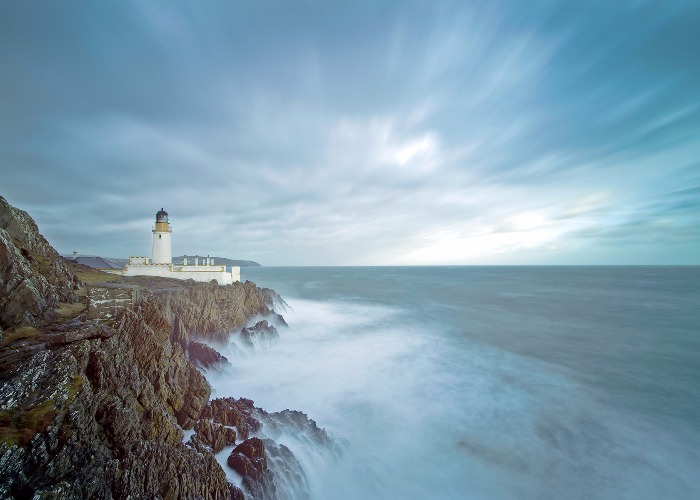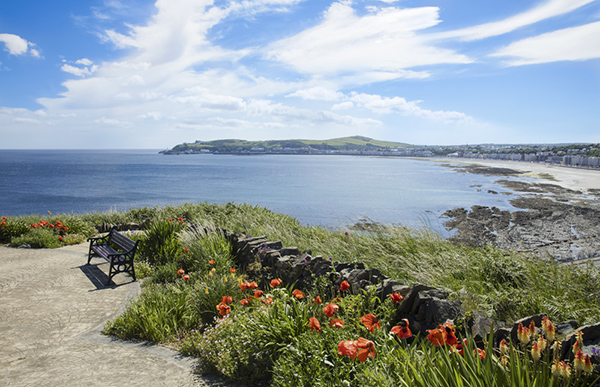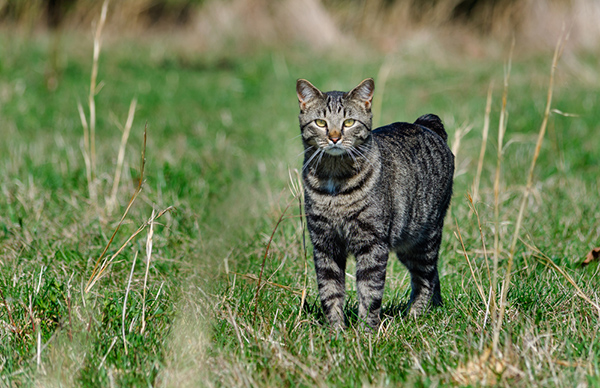7 things you didn’t know about the Isle of Man

There's more to this island than burning rubber
Ask most people about the Isle of Man and they might mention the annual TT (Tourist Trophy) Races held at the end of May when motorbikes speed around the island at 130mph. But there’s more to this craggy and beautiful island than burning rubber.
UNESCO has endorsed the Isle of Man’s patchwork of emerald green fields and rolling hills dotted with drystone walls and whitewashed cottages, its grand Victorian capital, historic medieval castles and forts and Celtic stone crosses, its heritage railway and more than one hundred miles of stunning coastline, as the world’s first biosphere island nation. Here are 7 things you probably didn’t know about the Isle of Man.
1. It’s in the Irish Sea
For anyone who might not know the whereabouts of the Isle of Man (also known as Ellan Vannin, or simply Mann), it’s in the Irish Sea midway between England, Ireland, Scotland and Wales, and can be easily reached by plane or ferry. The small island – just 33 miles long and 13 miles wide – separated from the English coast around 8000 BC.
 Douglas Bay/David Wingate/Shutterstock
Douglas Bay/David Wingate/Shutterstock
2. It’s not part of the UK or EU
Interesting in these times of political change is that the Isle of Man doesn’t belong to the UK or the EU. The British Crown acquired the feudal lordship in 1764 and today the Queen is the Lord (not Lady) of Mann.
The island stands proudly separate as a self-governing dependency of the Crown, with its own legislative assembly and legal system – islanders are British citizens, but they weren’t granted a vote in the recent Brexit referendum.
3. The island has the oldest continuous parliament in the world
The island sits between powerful neighbours and over the centuries has been in Irish, Scandinavian, Scottish and English hands. Originally settled with Celtic Pagans, when the Vikings arrived around 800 AD they didn’t ravage the land and people, but integrated into island life, bringing their own Norse traditions with them.
The ancient Tynwald parliament and its annual outdoor sittings has its roots in these traditions and dates back more than a thousand years. The seat of government is now in Douglas but laws don’t come into being until they are read out on 5 July (ancient Midsummer’s Day) at the gathering of islanders on Tynwald Hill.
 Manx cat/NSC Photography/Shutterstock
Manx cat/NSC Photography/Shutterstock
4. It has its own language, currency and cat
There’s a lot about the island that stands apart from the rest of the British Isles.
The 88,000 islanders are Manx (of the Isle of Man). The Gaelic language on the island is Manx. The currency is Manx. And the famed tail-less cat is Manx.
The unique language – originally a mix of Irish Celtic and Norse – was in decline in the twentieth century and was very nearly lost when the last native speaker died in the 1970s. UNESCO classed the Manx language as extinct in 2009, but efforts to revive it have been successful, and today there’s a primary school on the island teaching only in Manx.
Although you can spend your British pound here, there’s a separate Manx currency that’s in parity to sterling (but can’t be spent on the mainland).
And even the cats stand apart: a genetic mutation brought about the slightly odd-looking tail-less Manx cat.
5. The national symbol is the Three Legs of Mann
The island’s motto is: Quocunque jeceris stabit: Whichever way you throw me, I shall stand. Clad in armour, with golden spurs, the three-legged symbol can be traced to the 13th century but it’s unclear whether it’s a Pagan sun sign, a modified Viking badge or emblem, or an homage to the Sicilian connections of the Scots King.
Today you’ll see it stamped on everything from the Isle of Man provenance label to Lady Isabella, the largest working watermill in the world.
 Kisov Boris/Shutterstock
Kisov Boris/Shutterstock
6. Horse-drawn trams have been operational since 1876
The capital, Douglas, has always been at the centre of tourism to the island. The horse-drawn tramway along the striking Victorian seafront promenade celebrated its 140-year anniversary in 2016 – it still runs seasonally from the seaport to Derby Castle and in its heyday was transporting up to one million passengers a year.
The trusty Clysedales and Shires are the heavy horses charged with pulling the trams; visitors can meet the “Trammers” on tours of the quaint Victorian stables or at the Home of Rest for Old Horses, where 92 acres of Isle of Man countryside is dedicated to the horses’ happy retirement.
7. The Bee Gees were born on the Isle of Man
And finally, internationally successful pop phenomenon the Bee Gees began life on the Isle of Man. Barry Gibb, and his twin brothers Maurice and Robin, were born to English parents on the Island in the 1940s.
Comments
Be the first to comment
Do you want to comment on this article? You need to be signed in for this feature